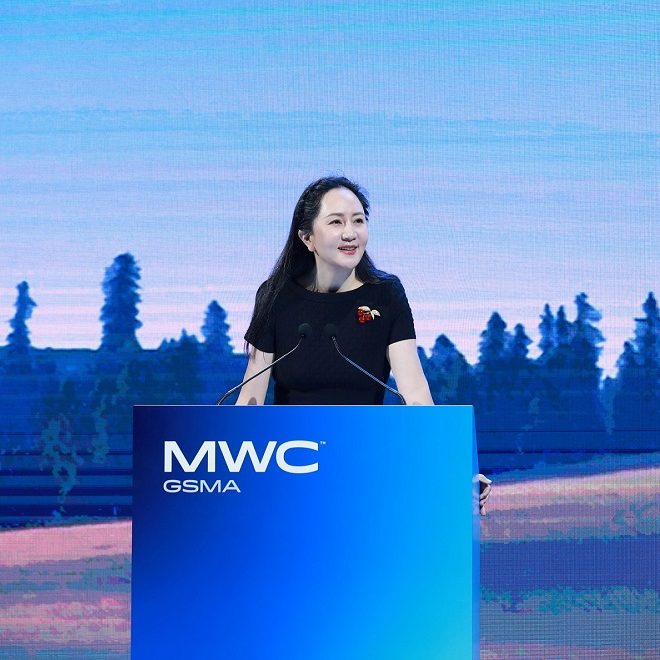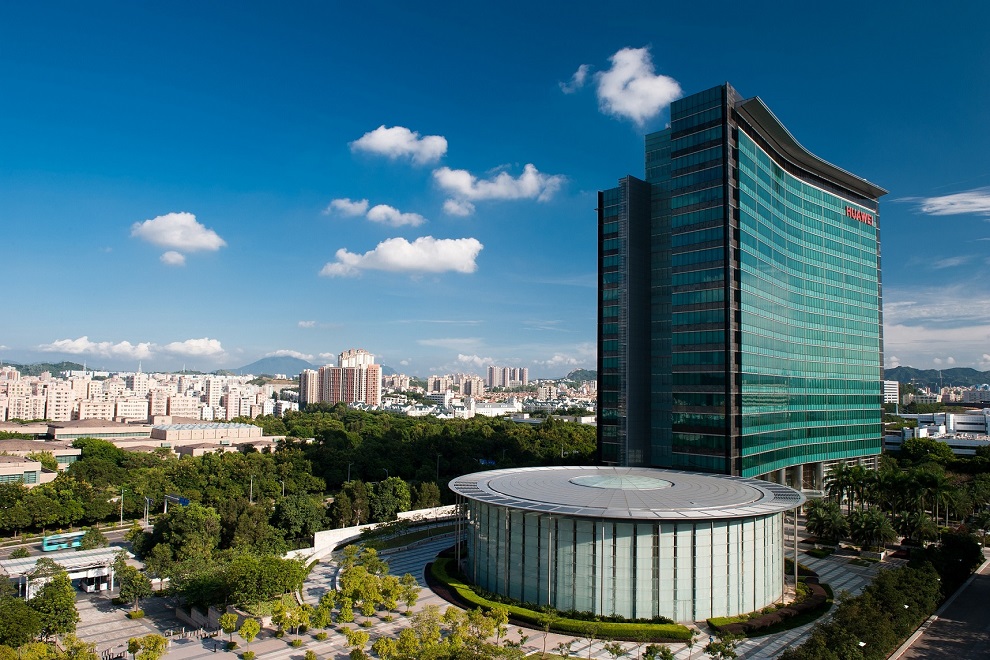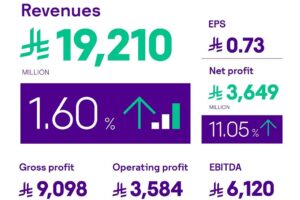Huawei announced its business results for the first half of 2023 today. The company said its overall performance was in line with the forecast.
In 2023 H1, Huawei generated around USD 42.9 billion in revenue, with a year-on-year increase of 3.1% and a net profit margin of 15.0%. The company’s ICT infrastructure business contributed USD 23.05 billion, its consumer business USD 14.3 billion, its cloud business USD 3.3 billion, its digital power business USD 3.3 billion, and its intelligent automotive solution (IAS) business USD 137.8 million.

Sabrina Meng, Huawei’s Rotating Chairwoman, said: “Huawei has been investing heavily in foundational technologies to harness trends in digitalization, intelligence, and decarbonization, focusing on creating value for our customers and partners. In the first half of 2023, our ICT infrastructure business remained solid and our consumer business achieved growth. Our digital power and cloud businesses both experienced strong growth, and our new components for intelligent connected vehicles continue to gain competitiveness.”
2023 is the first year that Huawei returns to business as usual, with external restrictions still in place. The company experienced year-on-year growth both inside and outside of China. Huawei said that moving forward, the company will implement five strategic initiatives. First, the company will help industries go digital, intelligent, and green to unlock new growth opportunities. Second, it will optimize its business portfolio to enhance resilience. Third, it will strengthen the synergy between chips, software, hardware, devices, networks, and clouds to hone its unique competitive edge. Fourth, the company will succeed through quality and make Huawei synonymous with high quality in the ICT industry. Fifth, it will invest heavily in R&D to ensure a high level of business continuity and enhance product competitiveness.
Regarding chip supplies, Huawei has established a robust and effective business continuity management system over more than a decade. With this system in place, Huawei says it is able to keep supplying customers with its products. In the computing industry, Huawei sticks to its strategy of “open hardware, open source software, partner enablement, and talent cultivation”, and works with its partners to drive the industry forward and foster a vibrant ecosystem.
Since 5G solutions became commercially available four years ago, more than 17,000 private network projects around the world have utilized 5G. Private 5G network revenue and 5G-enabled industrial connections have tripled. In addition, 5GtoB private networks have generated 10 billion dollars in revenue, which, in turn, has led to 100 billion dollars of revenue growth from data, information, and communications technologies (DICT) for carriers. This includes revenue from the cloud, storage, and platform domains. 5GtoB has seen wide adoption in both China and other parts of the world, such as Asia Pacific, Europe, the Middle East, and Africa. It helps industry customers cut costs and boost productivity and empowers digital and intelligent transformation in dozens of industries, including manufacturing, ports, coal mining, oilfields, and healthcare.
In 2024, Huawei will launch a full lineup of commercial 5.5G network equipment to help its customers prepare for commercial 5.5G deployment. Huawei has been working with multiple players across the industry in R&D and verification of key 5.5G technologies. Significant progress has been made in this verification process, specifically in extremely large antenna arrays (ELAA), which underpin 10-gigabit downlink, flexible spectrum access that helps realize gigabit uplink, and passive IoT that can enable 100 billion IoT connections.
50G PON is a key technology that can enable 10-gigabit speeds for F5.5G ultra-broadband networks and is expected to be extensively used in homes, campuses, and production facilities in the future. Huawei has worked with over 30 carriers around the world on the verification and pilots of these technologies.
In addition to the development of key technologies for 5.5G wireless and optical access networks, Huawei has been working on applying AI-native technologies to 5.5G core networks to deliver AI capabilities to the very ends of networks, so that they can better serve numerous industries. Net5.5G promises 10-gigabit access, ultra-broadband transport, and microsecond-level latency over AI networks, allowing it to serve as a next-generation network foundation for industrial digitalization by providing high-quality network access.
Huawei Cloud has adhered to the strategy of “Everything as a Service” in its mission to become the cloud foundation and enabler of industry digitalization. Currently, Huawei Cloud covers 83 availability zones (AZs) across 29 geographical Regions, providing services for customers in more than 170 countries and regions around the world. Huawei Cloud has gradually become the preferred partner for many customers looking to migrate to the cloud in industries like finance and manufacturing.
Huawei Cloud also has always adhered to the notion of “AI for Industries”. Huawei Pangu models are large models that tackle larger challenges. Since their launch in 2021, Pangu models have been taking on the most pressing challenges in the high-value scenarios of industries. The company focuses on using AI to address its customers’ top concerns in product R&D, production, supply, marketing, and sales, and to unlock even greater value in sectors such as finance, manufacturing, e-government, coal mining, and railway. Huawei Cloud has been used in more than 1,000 projects in the field of AI, 30% of which are applied to core production systems, improving profitability by 18% on average.
Building on 4Ts (Bit, Watt, Heat, and Battery technologies), Huawei Digital Power focuses on key technologies and products and continues to innovate in clean power generation, mobility electrification, green ICT power infrastructure, and many other domains. The company is working alongside its partners to provide customers worldwide with all-scenario, low-carbon products and solutions that will help achieve carbon neutrality faster.
In the consumer business, Huawei returned to China’s top-five smartphone vendor ranking in the second quarter of this year. The company says the smartphone market is highly competitive, and to gain a foothold in this market, it must rely primarily on R&D and strong investment in new technologies. It will constantly increase investment in innovation and R&D in order to develop more competitive products and services that can deliver consumers even better experiences.












